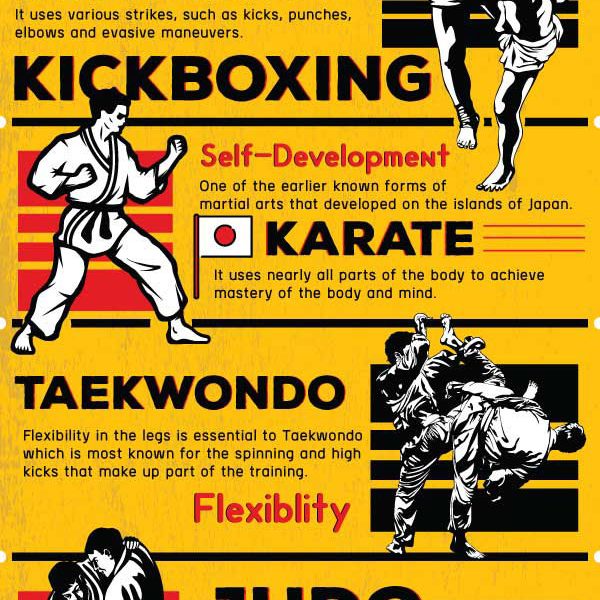The History And Evolution Of Martial Arts Around The World
The History And Evolution Of Martial Arts Around The World
Blog Article
Short Article By-Hess Ebsen
Martial arts have an interesting background that covers centuries and continents. You might locate it interesting just how ancient methods like Shuai Jiao and Kalaripayattu laid the groundwork for modern combat strategies. These self-controls not only stress physical abilities yet also show the societies that birthed them. As you explore their development, consider how globalization has actually transformed these typical types into crossbreed styles. What influences do you think have shaped today's martial arts landscape?
Ancient Martial arts: The Foundations of Combat
As you look into the globe of old martial arts, you'll find the abundant structures that shaped combat methods throughout cultures. Very early practices focused on Self-Defense and survival, typically integrating strikes, grappling, and weapons.
In old China, for instance, techniques like Shuai Jiao emphasized tosses and joint locks, while India's Kalaripayattu showcased agility and fluid movement. Japanese samurai established Kenjutsu, a polished swordsmanship that highlighted self-control and technique.
These martial arts served not just for fight however additionally as a means of personal development, instilling values like respect and determination. The mixing of these methods with time prepared for the varied martial arts you see today, each showing the unique philosophies and demands of its society.
The Social Impact on Martial Arts Advancement
While martial arts frequently reflect the practical requirements of a culture, they also embody the cultural worths and beliefs of their beginnings. When pop over to this website check out different martial arts, you'll notice exactly how they're affected by faith, philosophy, and social standards.
As an example, the emphasis on respect and discipline in Japanese martial arts originates from Zen Buddhism and samurai culture. On the other hand, Brazilian Jiu-Jitsu promotes adaptability and technique, shaped by the demand for efficiency in a varied, modern environment.
martial arts used in karate kid may find that the rituals, attires, and training approaches show a community's background and identification. By understanding these cultural impacts, you grow your recognition of martial arts and their function in shaping human experiences across the globe.
Modern Adaptations and the Globalization of Martial arts
Martial arts have actually changed considerably in recent years, adapting to contemporary society and global influences. You'll observe that typical forms have blended with modern strategies, creating hybrid styles like MMA. These adaptations deal with diverse audiences, making martial arts accessible and enticing worldwide.
With the increase of social media sites and electronic platforms, you can discover tutorials and competitions from all corners of the globe, damaging geographical barriers. This globalization has actually led to a common gratitude for numerous techniques, from Brazilian Jiu-Jitsu to Taekwondo.
As you engage with these arts, you'll realize they're not just about fight; they advertise physical fitness, technique, and psychological wellness.
Eventually, modern-day adaptations have actually enriched the martial arts landscape, making it a vibrant and evolving practice.
Final thought
In checking out the history and advancement of martial arts, you discover a remarkable mix of strategies, cultures, and approaches. From ancient techniques like Shuai Jiao and Kalaripayattu to the modern adaptability seen in MMA, martial arts mirror humankind's pursuit for Self-Defense and personal development. As you involve with these practices, you not just gain abilities yet likewise a deeper gratitude for the varied customs that shape our globe today. So, continue your journey and accept the art of battle!
